Why Fitness Plateaus Happen — And What You Can Do About It
Feeling stuck in your fitness journey? Plateaus are common—but they're not the end. Learn why they happen, what your body is telling you, and how to break through with smart training, recovery, and movement strategy from a Doctor of Physical Therapy.
You’re putting in the work. Showing up consistently. Following your program. But suddenly… nothing changes. No new strength gains. No improved endurance. No difference in the mirror.
You’ve hit the dreaded plateau.
It’s frustrating, but it’s also a normal part of any fitness journey. And the good news? It doesn’t mean you’re doing something wrong—it means your body has adapted.
Here’s why fitness plateaus occur—and how to break through them.
1. Your Body is Incredibly Efficient
Your body is designed to adapt. At the beginning of any new workout plan, you see fast progress because your body is learning something new. But over time, it becomes efficient at the routine—and stops needing to change.
If the challenge stays the same, the results stop coming.
This is why progressive overload is key. If you’re not gradually increasing the demand—by lifting heavier, running faster, or adding complexity—your body has no reason to keep adapting.
2. You're Not Recovering Enough
Plateaus aren’t always caused by under-training. More often, they’re caused by under-recovering.
Training is only one part of the equation. Your gains come from how well you:
Sleep
Fuel your body
Manage stress
Recover between sessions
Without proper recovery, your performance stagnates and your risk of injury increases.
3. Your Nervous System Is Fatigued
When you hit a plateau, it might not be your muscles that are tired—it’s your nervous system. Over time, high-intensity training can lead to central fatigue, impacting coordination, reaction time, and muscle recruitment.
If your lifts feel heavy or your performance is sluggish, even after rest days, your nervous system might be telling you it needs a reset.
4. You’ve Lost Sight of Movement Quality
When workouts become routine, form often gets sloppy. Compensations sneak in. Old mobility issues creep back. If your body isn't moving well, it won’t perform well—period.
Movement assessment and mobility work are essential tools to keep your body efficient, pain-free, and progressing.
5. Your Program Lacks Variety or Progression
Doing the same sets, reps, or cardio routine week after week? That might have built your base, but it won’t push you forward.
Your body craves challenge, but also needs intelligent variability—new angles, tempos, rep ranges, and even rest periods.
How to Break Through a Plateau
Reassess your goals and training plan
Incorporate deload weeks or change training variables
Dial in your recovery strategies (sleep, nutrition, soft tissue work)
Get a movement assessment to identify breakdowns or restrictions
Hire a coach or PT for fresh perspective and accountability
Final Thoughts
Plateaus are not failure. They’re feedback.
They tell you it’s time to adjust, evolve, and fine-tune your approach.
If you’re stuck and unsure what needs to change, that’s where I come in. As a Doctor of Physical Therapy, I help active individuals and athletes identify movement limitations, reset their recovery, and fine-tune their plan for real results.
Let’s get you out of that rut—and back to progressing.

